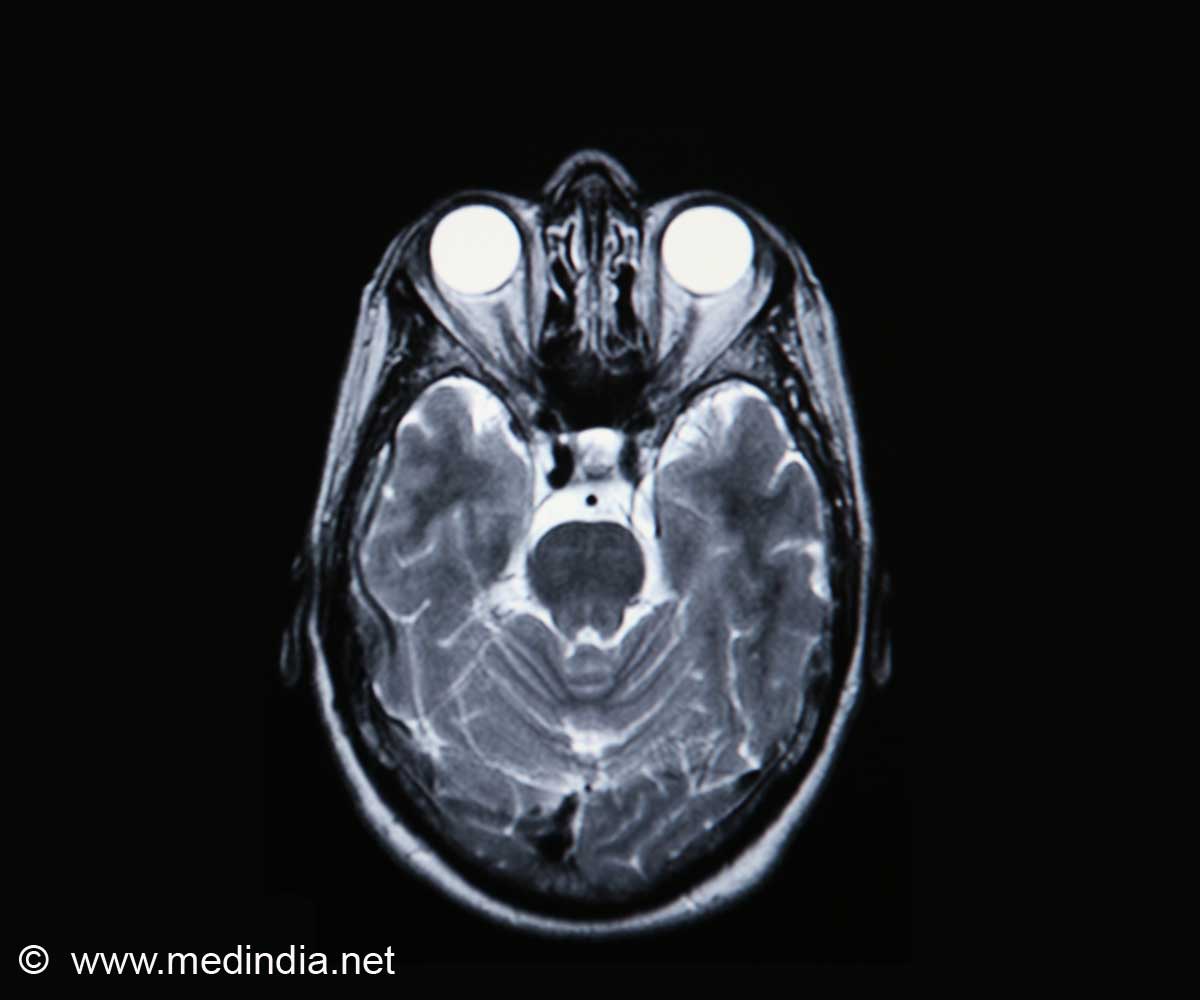Researchers have explained that exposure to a flame retardant can cause neurodevelopmental deficits.

"This study highlights the interaction between epigenetics and the effects of early exposure to flame retardants," said Janine LaSalle, the study's senior author and a researcher affiliated with the UC Davis MIND Institute.
"Our experiments with wild-type and mutant mice indicate that exposure to flame retardants presents an independent risk of neurodevelopmental deficits associated with reduced sociability and learning."
Epigenetics describes the heritable changes in gene expression caused by mechanisms other than those in the DNA sequence.
One such mechanism is DNA methylation, in which genes are silenced when their activation no longer is required. DNA methylation is essential for normal development.
The researchers chose a mouse that was genetically and epigenetically susceptible to social behavioural deficits in order to understand the potential effect of this environmental pollutant on genetically susceptible humans.
The research was conducted in the offspring of mice genetically engineered for the autism phenotype found in Rett syndrome, a disorder that occurs primarily in females and causes regression in expressive language, motor skills and social reciprocity in late infancy.
The researchers evaluated the effects of exposure to BDE-47 on mice genetically engineered to have mutations in MECP2 and their offspring, or pups. The genetically engineered Mecp2 mother mice, or dams, were bred with non-mutant wild-type males.
The study found that that the weights of the pups of the lactating BDE-47-exposed dams were diminished when compared with the controls, as were their survival rates. To assess the effects of the flame retardant exposure on the pups and their genotypes, the researchers placed them through more than 10 cognitive, social and physical tests.emale offspring of dams exposed with BDE-47 spent half as much time interacting with another mouse in a 10-minute sociability test compared to controls.
The reduced sociability in BDE-47 exposed females corresponded to reduced DNA methylation in females regardless of genotype. In addition, genetic and environmental interaction effects in this study were specifically observed in females.
In a short-term memory test of social novelty, although all mice showed the expected preference for interacting with a novel over a familiar mouse, BDE-47-exposed mutant female mice spent about half as much time interacting with the familiar mouse than their non-mutant littermates.
In a long-term memory test of swimming to reach a hidden platform in a cloudy pool, female mice who were both mutant and BDE-47 exposed did not learn to reach the platform faster after four days of training.
These behavioural changes in social and cognitive learning specifically in the interaction group corresponded to changes in a known epigenetic regulator of DNA methylation in brain, DNA methyltransferase 3a (Dnmt3a).
LaSalle said that the study results are important because better understanding of the epigenetic pathways implicated in social behaviour and cognition may lead to improved treatments for autism spectrum disorders.
The study has been published online in the journal Human Molecular Genetics.
Source-ANI
 MEDINDIA
MEDINDIA




 Email
Email




